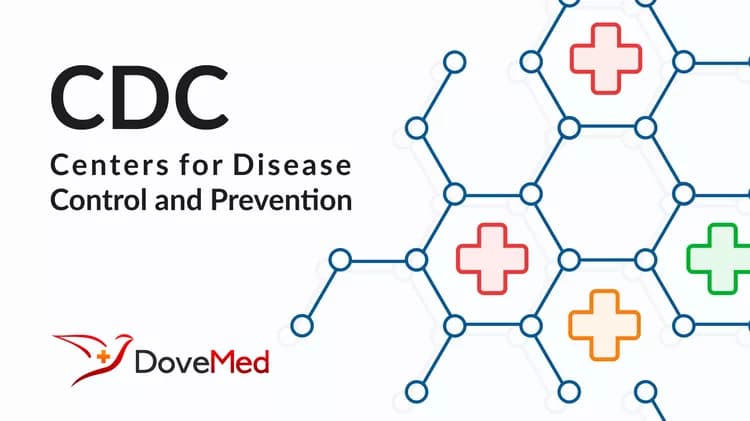
New Study Finds Decline in Single-Victim School-Associated Violent Deaths
New Study Finds Decline in Single-Victim School-Associated Violent Deaths
Multiple Victim Rates Remain Stable Since the Early 90s
School-associated student homicide rates which includes both public and private elementary thru high schools, decreased significantly from academic school years 1992 thru 2006, according to a study released today in the Centers for Disease Control and Prevention (CDC) Morbidity and Mortality Weekly Report.
The report shows a decline in the rates of single-victim school-associated homicides, while multiple-victim homicide rates, which were much fewer in number, remained stable. Of the last 109 incidents of school-associated student homicides studied, 101 involved only one victim.
The data comes from the School-Associated Violent Death Study (SAVD), which collects the latest records on school-associated violence from media databases, state and local agencies, police, and school officials in the United States. SAVD is a collaboration among CDC and the U.S. departments of education and justice.
"The decline in episodes of school-associated violence is promising and encouraging" said Dr. Ileana Arias, director of the CDC's Injury Center. "However, we are still facing challenges to build on the improvements that schools have made and continue to implement effective prevention strategies to keep our children safe."
While the study is not able to determine specific causes for the violence, other significant findings from this report show:
Overall rates of school-associated student homicides in school years 1992-2006 remained lower than those reported during the 1992-1993 and 1993-1994 school years.
During the seven years from the school years beginning July 1999 to June 30, 2006, 116 students were killed in 109 school-associated incidents, translating to an average of 16.5 student homicide victims each year and an average annual homicide rate of .03 cases per 100,000 students.
Schools are still safe places. School-associated homicides account for less than 1 percent of overall homicides of persons of the same age group.
The methods identified for homicides were gunshot wounds (65 percent), stabbing or cutting (27 percent) and beatings (12 percent). (Because deaths may result from multiple sources, this exceeds 100 percent)
Rates of school-associated student homicide were significantly higher for males, students in secondary schools, and students in central cities.
As policymakers, school administrators, police officials and parents continue to search for ways to prevent the episodes of school associated violence, CDC, in partnership with the departments of education and justice, is gathering information about school-associated violent deaths to identify trends that can help schools develop preventive measures to protect and promote the health, safety and development of all students.
Recommendations based on results from CDC's previous research on school-associated violence include:
Encouraging efforts to reduce crowding, increase supervision, and institute plans and policies to handle disputes during transition times that may reduce the likelihood of potential conflicts and injuries.
Taking threats seriously: students need to know who to go to when they have learned of a threat to anyone at the school, while parents, educators, and mentors should be encouraged to take an active role in helping troubled children and teens.
Promoting prevention programs that are designed to help teachers and other school staff recognize and respond to incidences of bullying between students.
Before the start of school ensure that schools' emergency crisis plan is updated and that staff are trained on all elements of the plan.
"Our goal is to provide health and education officials with useful information that will help them develop and improve school safety," said Dr. Jeffrey Hall, the study’s lead author. "The most important thing for parents, peers, teachers, and others to remember is that they should tell someone if they suspect or know that a student is having difficulty, being bullied, or even planning something. In many cases, someone knows what is going on and can alert a parent or teacher. This will help save lives."
For more information please visit www.cdc.gov/injury.
###
U.S. DEPARTMENT OF HEALTH AND HUMAN SERVICES
Related Articles
Test Your Knowledge
Asked by users
Related Centers
Related Specialties
Related Physicians
Related Procedures
Related Resources
Join DoveHubs
and connect with fellow professionals

0 Comments
Please log in to post a comment.